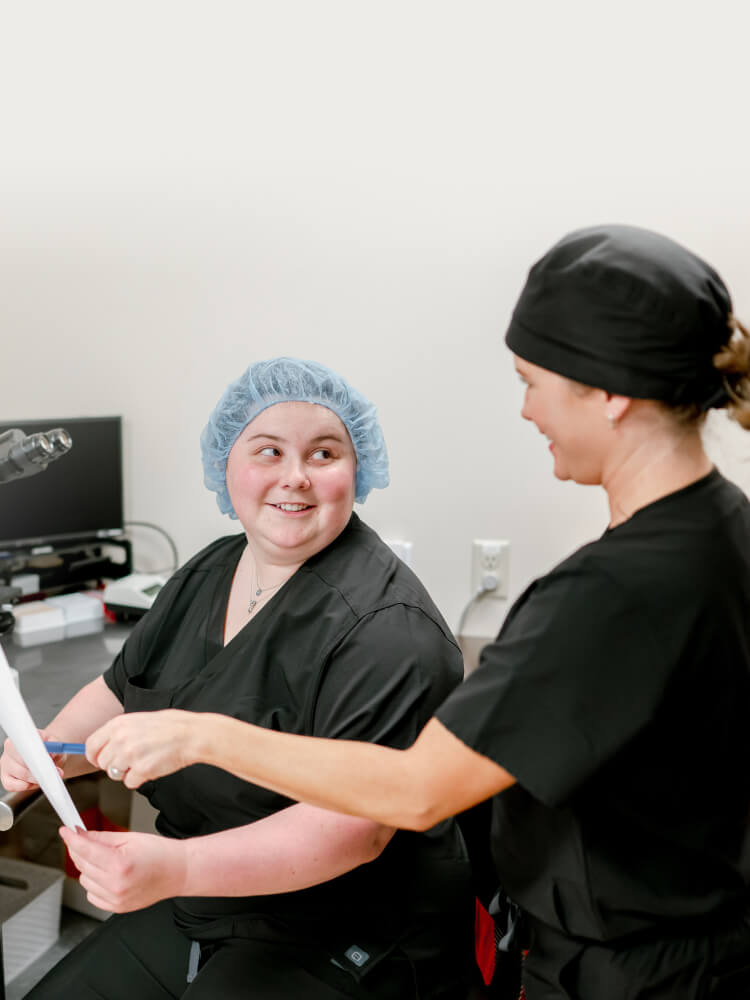Candidates for ICSI
Infertility is complex and can be caused by a variety of factors in either partner.
Any number of circumstances may indicate the need for ICSI treatment. These include:
- Male factor infertility
- Surgically retrieved sperm (testicular biopsy for example)
- Unexplained Infertility
- Previous Infertility
- Previous failed fertilization with an IVF cycle
- IVF cycles involving pre-implantation genetic diagnosis/screening



